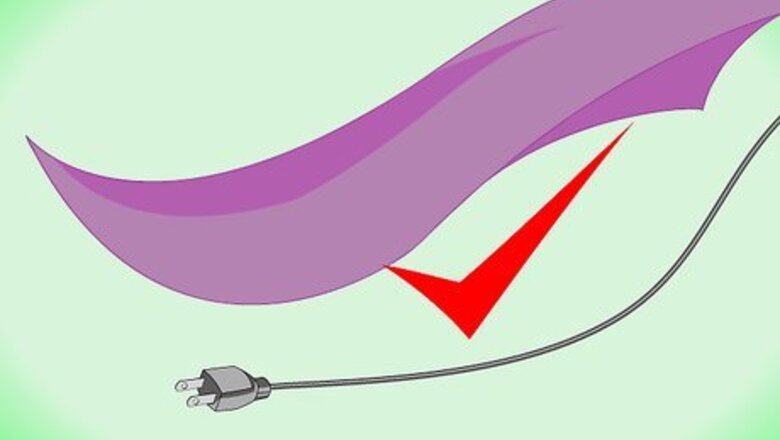
views
Method 1
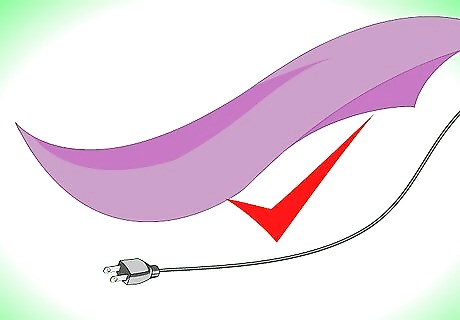
Select fabric that matches or complements the furniture or other decorative elements close to the wires. Heavier fabrics, like upholstery materials, will stand up best to wear over time.
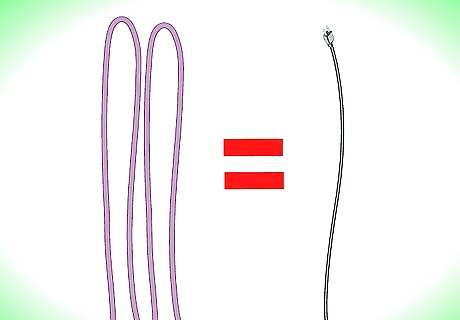
Cut 2 strips of fabric 1 inch (2.54 cm) wider and twice as long as the wires to be covered.
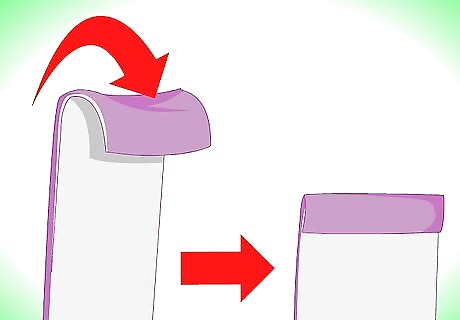
Fold 1/4 inch (.635 cm) at each short end of the strips toward the wrong side of the fabric. Iron the crease and stitch across the center of the fold. This provides a clean, neat finish to the ends of the wire covers.
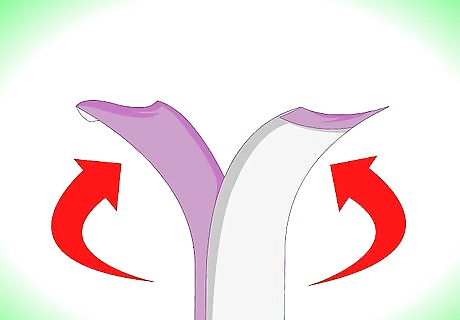
Pin the fabric strips together, with the right sides facing each other.
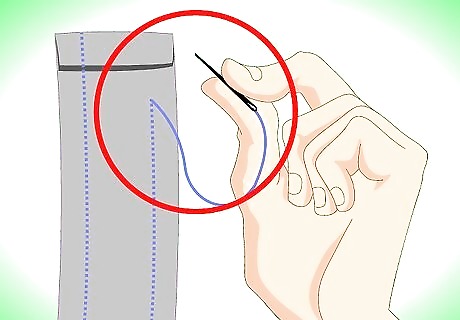
Stitch the long sides of the fabric cover strips with a 1/2-inch (1.27 cm) seam allowance. Trim the seams to 1/4 inch (0.635).
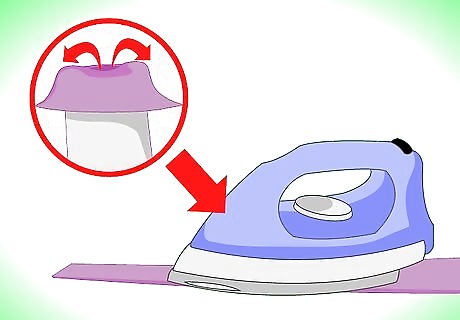
Turn the wire covers right side out, and iron the seams flat.
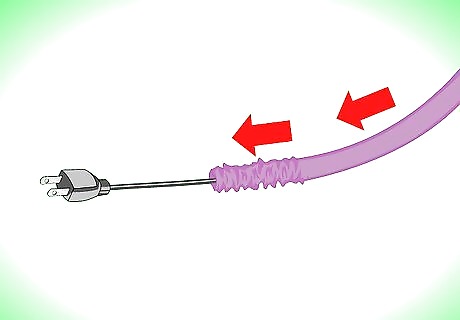
Thread the wires or cords through the casing, scrunching the fabric to gather it along the length of the wire.
Method 2
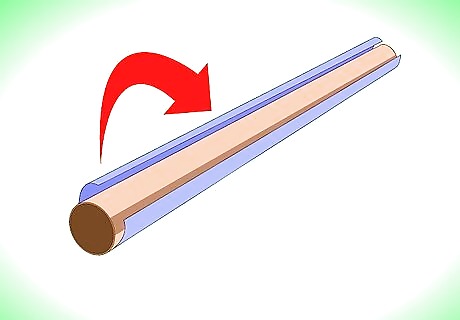
Wrap the paper around the tube, overlapping it 1/4 inch (.635 cm). Mark the measurements for length and width, using the top of the tube for the width.
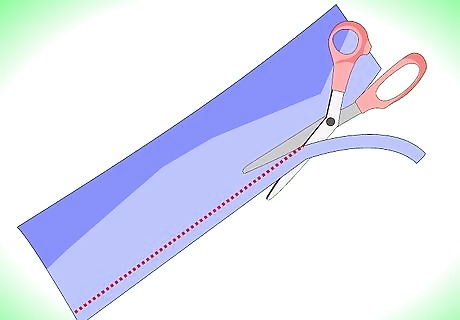
Cut the paper along the overlap line.
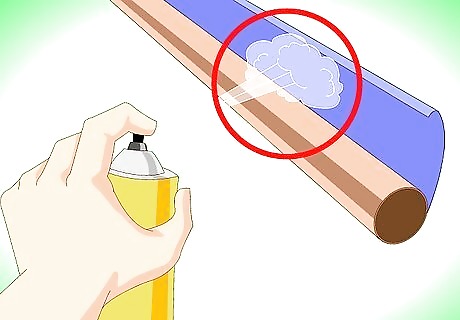
Spray the back of the paper with adhesive, and affix it to the cardboard tube.
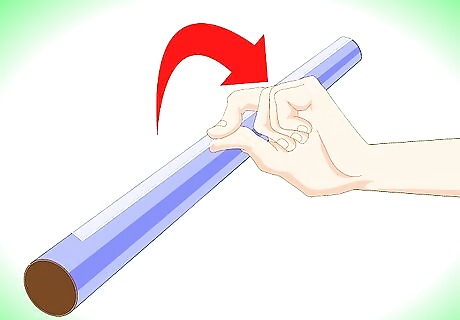
Apply clear contact paper to the wire cover to protect it from wear, tear and spills.
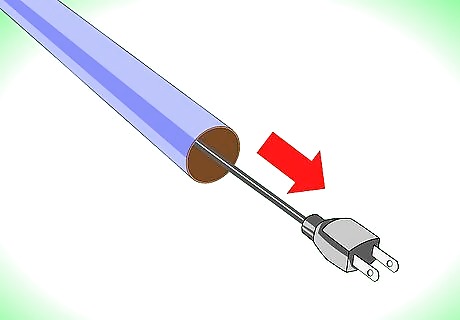
Thread the wires or cords through the wire cover.
Method 3
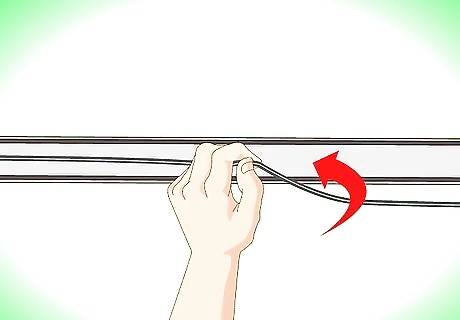
Thread the wire into the open track in the wire conduit.
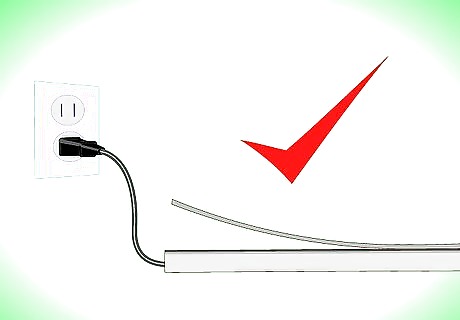
Mount the filled track from the source of the wire to the wall, continuing either to the floor or to the ceiling. If the wire conduit is not self-adhesive, use foam mounting tape to attach it.
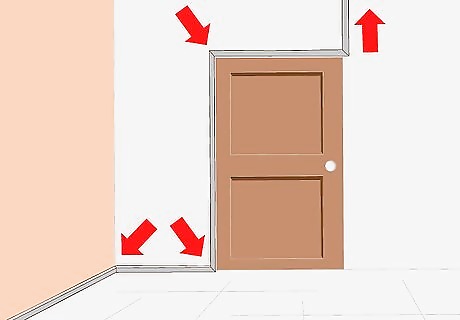
Continue mounting the conduit along the intersection of wall and floor, passing over door and window facings, until you reach the opposite end of the wire.















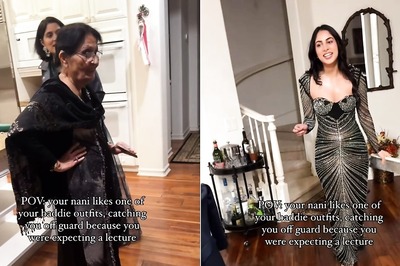




Comments
0 comment